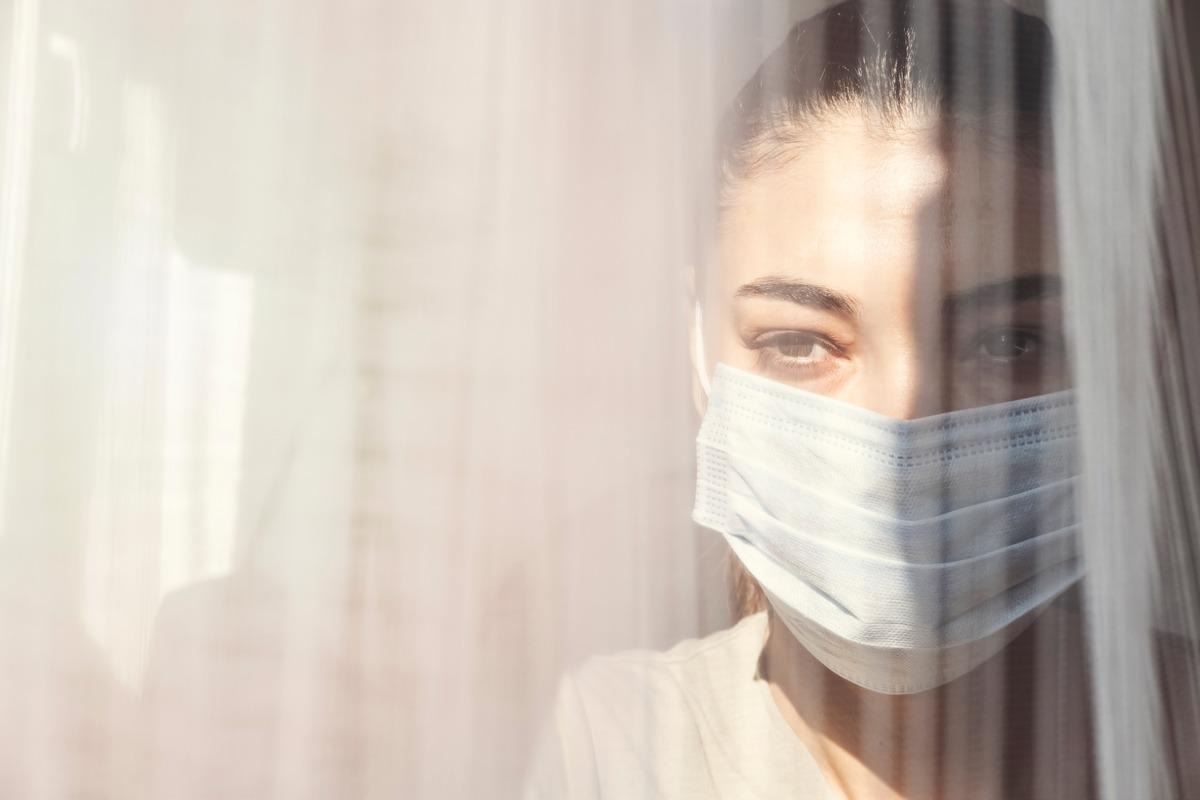 By Neha MathurReviewed by Danielle Ellis, B.Sc.May 9 2022
By Neha MathurReviewed by Danielle Ellis, B.Sc.May 9 2022In a recent study posted to the Research Square* preprint server, researchers explored the underlying mechanism resulting in thymic atrophy and subsequent lymphopenia in coronavirus disease 2019 (COVID-19) patients.
 Study: SARS-CoV-2 and its variants, but not Omicron, induces severe thymic atrophy and impaired T cell development. Image Credit: erhanyelekci/Shutterstock
Study: SARS-CoV-2 and its variants, but not Omicron, induces severe thymic atrophy and impaired T cell development. Image Credit: erhanyelekci/Shutterstock

 *Important notice: Research Square publishes preliminary scientific reports that are not peer-reviewed and, therefore, should not be regarded as conclusive, guide clinical practice/health-related behavior, or treated as established information.
*Important notice: Research Square publishes preliminary scientific reports that are not peer-reviewed and, therefore, should not be regarded as conclusive, guide clinical practice/health-related behavior, or treated as established information.
Previous studies have reported dysregulated T cell function and lymphopenia in COVID-19 patients. However, the literature does not shed light on immunological and pathological alterations in thymus post-severe acute respiratory syndrome coronavirus-2 (SARS-CoV-2) infection.
The thymus is the primary site of T cell development; aging, pathogenic infections, nutritional deficiencies, cancer, and hormonal changes impact its health, which is defined by its output. The peripheral escape of thymocytes, arrest in the developmental pathway, or increased apoptosis are all responsible for thymic atrophy due to pathogenic infection.
About the study
In the current study, researchers intranasally infected hamsters or human angiotensin-converting enzyme 2 (hACE2)-Tg transgenic mice with 105 PFU of live SARS-CoV-2. The viral inoculum for hamsters and mice was 100 μl for hamsters and 50 μl for hACE2-Tg mice. The control group received Dulbecco's Modified Eagle Medium (DMEM) instead of the live virus, and unchallenged animals received phosphate buffer saline (PBS) injections.
From a day before viral challenge till day three post-infection, test group animals received a subcutaneous (sc) injection of remdesivir (RDV) at 25 mg/kg body, and control group animals received PBS injections.
They used an anti-mouse interferon-gamma (IFNγ) antibody for IFN-γ neutralization at a dosage of 10 mg/kg body mass at two-time points a day before the SARS-CoV-2 challenge and two days post-challenge through intra-peritoneal injections. The control group received immunoglobulin G antibody only.
The team noted the body mass of the animals daily post-challenge. Likewise, they sacrificed six animals from both test and control groups, and their thymus was extracted and examined for any gross morphological changes.
The researchers analyzed thymus sections using immunofluorescence microscopy for nucleocapsid (N) protein. A trained pathologist scored hematoxylin and eosin (H&E) stained sections on a scale of 0-5, where a score of 5 indicated the highest pathological feature. They also performed immunophenotyping of human peripheral blood mononuclear cells (PBMCs).
The team also isolated ribonucleic acid (RNA) from homogenized thymus cells, reverse-transcribed these to complementary deoxyribonucleic acid (cDNA), and performed a quantitative polymerase chain reaction (qPCR). They used the cloned transcript (as a template) for generating a standard curve to estimate the copy number of SARS-CoV-2 N gene RNA. The researchers used the trypan-blue exclusion method to determine the number of live cells from the thymus and lymph node.
The researchers compared and analyzed thymus and body mass, gene expression, and enzyme-linked immunosorbent assay (ELISA) results using one-way ANOVA or two-way ANOVA.
Study findings
The hACE2-Tg mice infected with Wuhan-Hu 1 SARS-CoV-2 strain developed profound thymic atrophy with seven-to-eight folds reduced size, primarily arrested the developing thymocytes in the double-negative 1 (DN1) stage. Moreover, intriguingly, SARS-CoV-2-induced thymocyte apoptosis led to increased cell death.
The qPCR data showed the presence of SARS-CoV-2 N gene RNA in all the cell subpopulations of thymocytes. Immunofluorescence microscopy also detected the presence of virus in the cellular compartments of thymocytes. However, the investigation could not identify the exact mechanism of SARS-CoV-2 entry into the thymocytes.
Hence, the authors speculated that either infected progenitor T cells migrated to the thymus, thus disseminating infection, or whether the virus migrated to the thymus through direct impounding.
Remarkably, IFN-γ adequately induced thymic atrophy as neutralization of IFN-γ by neutralizing monoclonal antibodies salvaged thymic atrophy. Contrastingly, interleukin 17 (IL-17), IL-4, granzyme B (GzB), and perforin-1 (Prf-1) had a limited role in thymic atrophy induced by SARS-CoV-2. Interestingly, antiviral RDV therapy effectively rescued mice from SARS-CoV-2-related thymic atrophy.
Additionally, not Omicron but Delta-induced severe thymic atrophy worse than the ancestral strain in Delta-infected mice, with profoundly impaired T cell development.
The anti-SARS-CoV-2 monoclonal P4A2 neutralizing antibody-based therapy initiated at an early stage of infection helped inhibit thymic pathology and saved the infected animal by restoring T cell developmental pathway.
Conclusions
Overall, the study demonstrated that thymic dysregulation and thymic atrophy cause SARS-CoV-2-related lymphopenia and peripheral T cell receptor (TCR) repertoire changes. Since thymic atrophy results in loss of peripheral TCR repertoire, the study findings might improve understanding of how T cell response was reduced during COVID-19 and help develop novel vaccine candidates.

 *Important notice: Research Square publishes preliminary scientific reports that are not peer-reviewed and, therefore, should not be regarded as conclusive, guide clinical practice/health-related behavior, or treated as established information.
*Important notice: Research Square publishes preliminary scientific reports that are not peer-reviewed and, therefore, should not be regarded as conclusive, guide clinical practice/health-related behavior, or treated as established information.